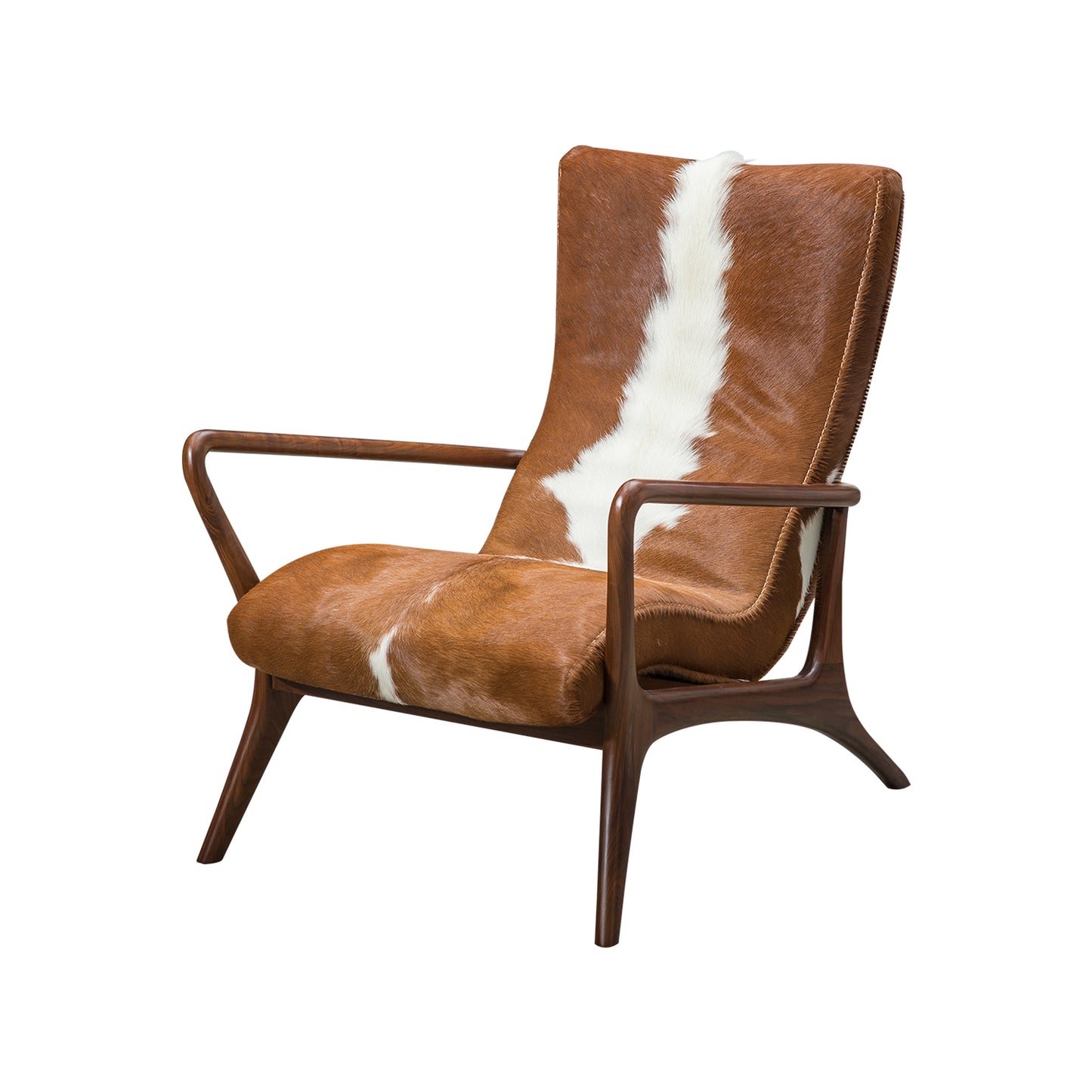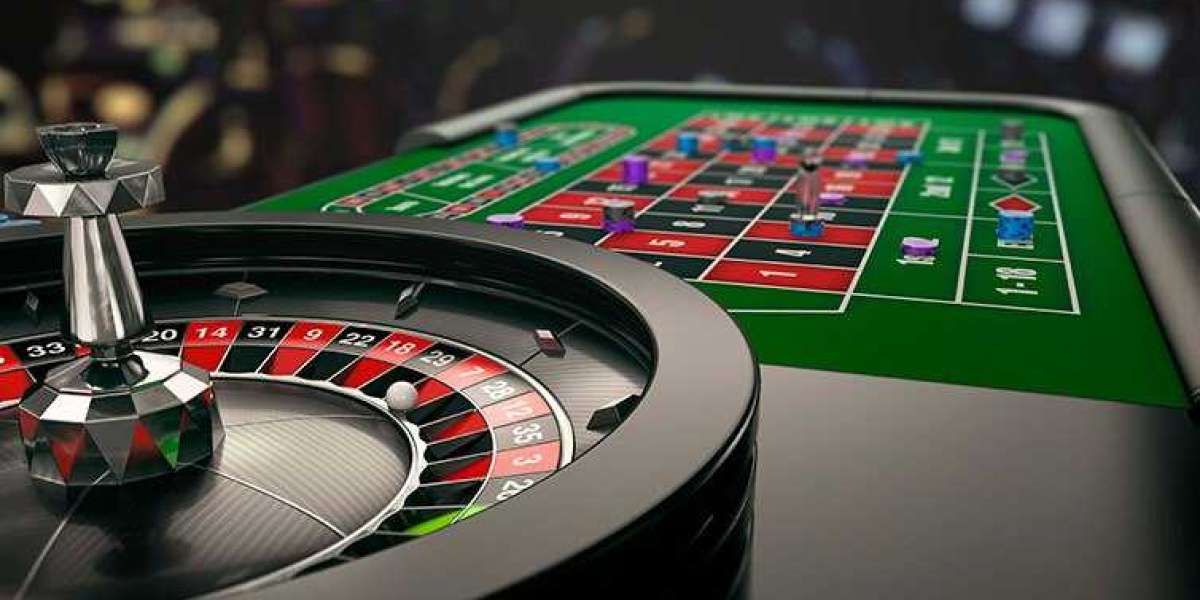The chair has undergone a remarkable transformation throughout history, evolving from a symbol of power to a staple of everyday life. This article delves into the rich history and diverse styles of chairs, illustrating how they reflect cultural shifts and technological advancements.

Ancient Origins of the Chair
The earliest known chairs date back to ancient Egypt, where they were often reserved for the elite. These ornate pieces, crafted from wood and adorned with intricate carvings, served as thrones for pharaohs. But what made these chairs so significant? They represented authority and status, setting a precedent for the chair's role in society.
Chairs in the Middle Ages
During the Middle Ages, the design of the chair evolved further. The introduction of the stool and the bench provided more seating options for the masses. However, the high-backed chair remained a symbol of nobility. The craftsmanship of these chairs was often exceptional, showcasing the skill of artisans who used local materials to create functional yet beautiful pieces.
Renaissance and Baroque Styles
The Renaissance period marked a significant turning point in chair design. With a renewed interest in art and culture, chairs became more elaborate. The Baroque style introduced grandeur and opulence, characterised by intricate details and rich fabrics. These chairs were not merely functional; they were statements of wealth and taste.
Modernism and Minimalism
Fast forward to the 20th century, where the modern chair emerged. Influenced by the principles of minimalism, designers like Charles and Ray Eames revolutionised the way we perceive chairs. Their designs focused on simplicity and functionality, often using innovative materials such as moulded plywood and plastic. This shift raised an intriguing question: how can a chair be both aesthetically pleasing and practical?
- Functionality: Modern chairs are designed for comfort and usability.
- Material Innovation: The use of new materials has transformed chair design.
- Environmental Considerations: Sustainable practices are becoming increasingly important in chair manufacturing.
The Chair in Contemporary Design
Today, the chair continues to evolve, reflecting contemporary values and lifestyles. Designers are increasingly focused on sustainability, creating chairs that are not only stylish but also environmentally friendly. For instance, many modern chairs are made from recycled materials, showcasing a commitment to reducing waste.
Future Trends in Chair Design
As we look to the future, what can we expect in chair design? The integration of technology is likely to play a significant role. Smart chairs equipped with features such as adjustable settings and built-in heating could redefine comfort in the coming years. Additionally, the trend towards multifunctional furniture suggests that chairs will continue to adapt to the needs of modern living.
Conclusion: The Enduring Appeal of the Chair
From ancient thrones to sleek, modern designs, the chair has proven to be an enduring element of human culture. Its evolution reflects not only changes in design aesthetics but also shifts in societal values and technological advancements. As we continue to innovate, the chair will undoubtedly remain a vital piece of furniture, embodying both function and artistry.






